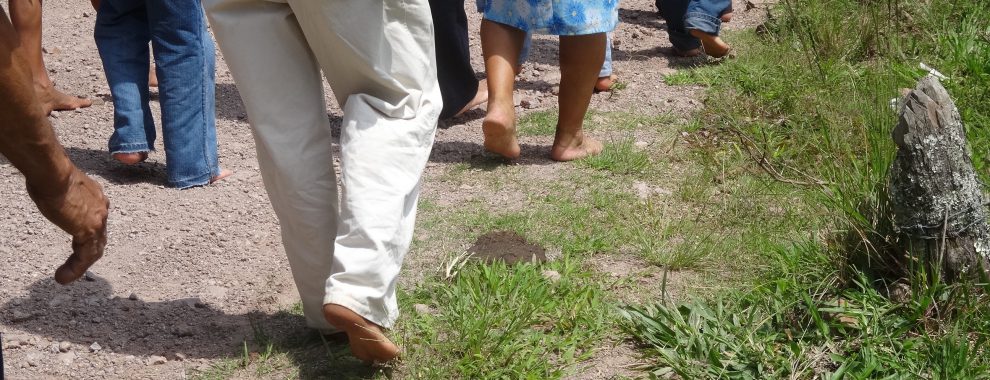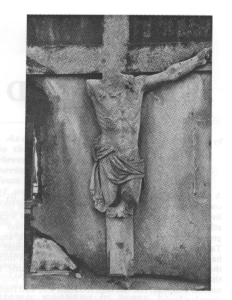Do you want to be totally united to the Crucified?
If you are serious about this,
you will be present, by the power of His Cross,
at every front, at every place of sorrow,
bringing to those who suffer, healing and salvation.
St. Teresa Benedicta a Cruce
Today is a day filled with challenges for me.
On August 9, 1945, the US dropped an atomic bomb on the city of Nagasaki and used the Catholic Cathedral as a point to help them determine the spot to drop the bomb.
Nagasaki was one of the great center of Catholicism in Japan, even preserving the faith after all the priests had left. On the day of the bombing, Catholics were gathered in the cathedral at Mass. There and throughout the city many innocent people were killed.
On August 9, 1943, Franz Jägerstätter, a Austrian peasant, was beheaded in Germany as “an enemy of the state.” Blessed Franz refused to serve in Hitler’s army because of his faith – despite the advice of priests, and bishop, and many others. He saw Nazism as a “train headed for hell” and refused to have part in it. For that decision of conscience he was executed by the state.
On August 9, 1942, Sister Teresa Benedicta a Cruce, Teresa blessed by the Cross, was killed in the gas chamber at Auschwitz. Born Edith Stein, a German Jew and philosopher, she became a Catholic after reading St. Teresa of Avila and later joined the Carmelites. She was sent from her Cologne to a Dutch convent for her safety. But after the Dutch bishops and other religious leaders spoke up against Nazi racial policies, she and her sister were deported to Auschwitz. Though she had a chance to escape to Switzerland, she refused to flee but sought to be with her people.
On August 9, 1991, two Polish Conventual Franciscan Friars Michał Tomaszek and Zbigniew Strzałkowski were killed by the Sendero Luminoso in the Andean parish where they ministered to and with the poor. As Father Michal (Miguel), wrote to a friend a few months before his killing: “You are not where you are now to understand the world, but to understand what the will of God is for you. It is a matter of being where you are supposed to be.”
Recalling these persons and these events, I feel a renewed calling to be a witness to the Crucified Christ and the crucified peoples of the world – by being here in their midst. May God give me the courage and gentleness to persevere.
——-
The quotation from St. Edith Stein comes from Robert Ellsberg’s All Saints.







